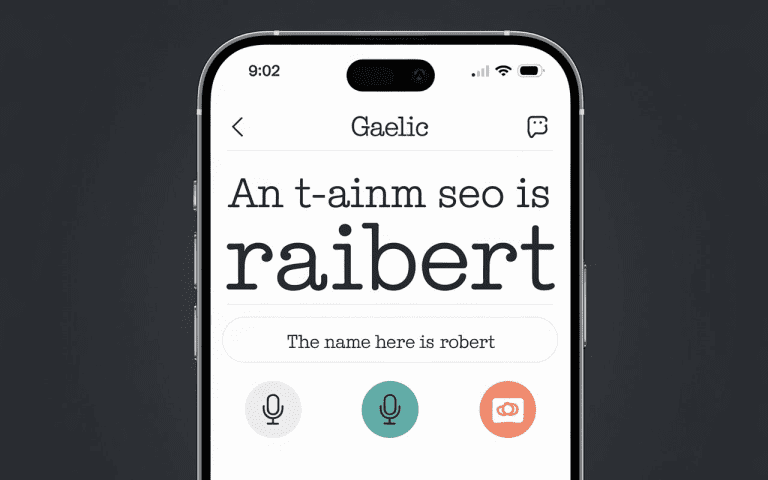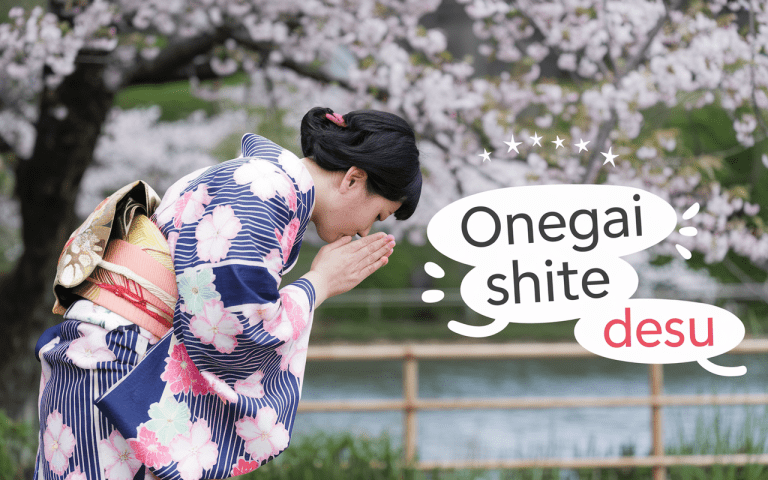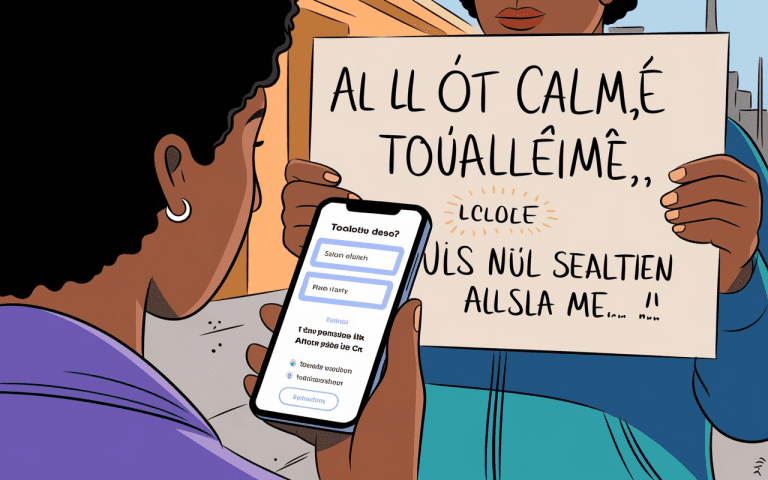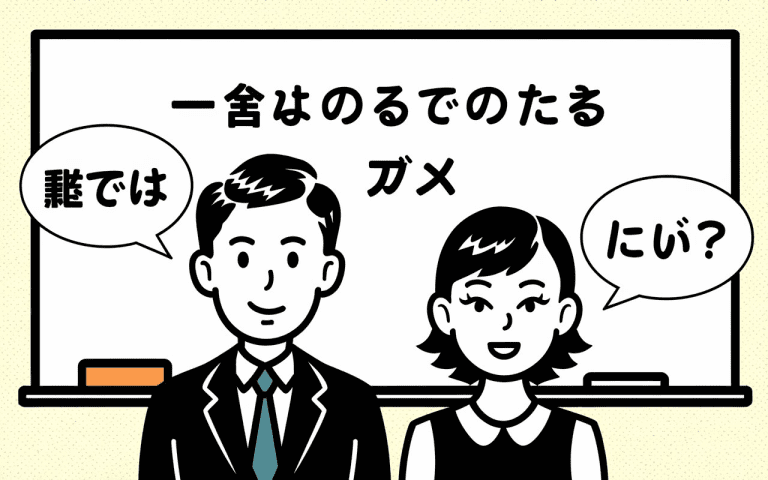Learn English to Maori: Quick Translation Guide

Key Takeaways
- In New Zealand, English and Te Reo Māori combine with local slang to form a linguistic mix that reflects our diverse heritage.
- A milestone moment came in 1987 when Te Reo Māori was officially recognized as a national language alongside English.
- Today, if you listen to everyday conversations, you’ll hear Māori words woven naturally into New Zealand English.
- To speak like a local, getting the pronunciation of Māori right is essential.
Understanding New Zealand’s Linguistic Heritage
The Māori language, once only through carvings and symbols, is now a big part of New Zealand. Phrases like “Kia Ora” and haka performances highlight the language’s importance.
| Language | Percentage of Population | Number of Speakers |
|---|---|---|
| English | 95% | Majority of the population |
| Māori | 4% | Approximately 186,000 |
| New Zealand Sign Language | 0.5% | Around 23,000 |
New Zealand’s language history shows its dedication to language learning and keeping its culture alive. The use of Māori words and the language’s growing popularity celebrate the country’s diverse language identity.
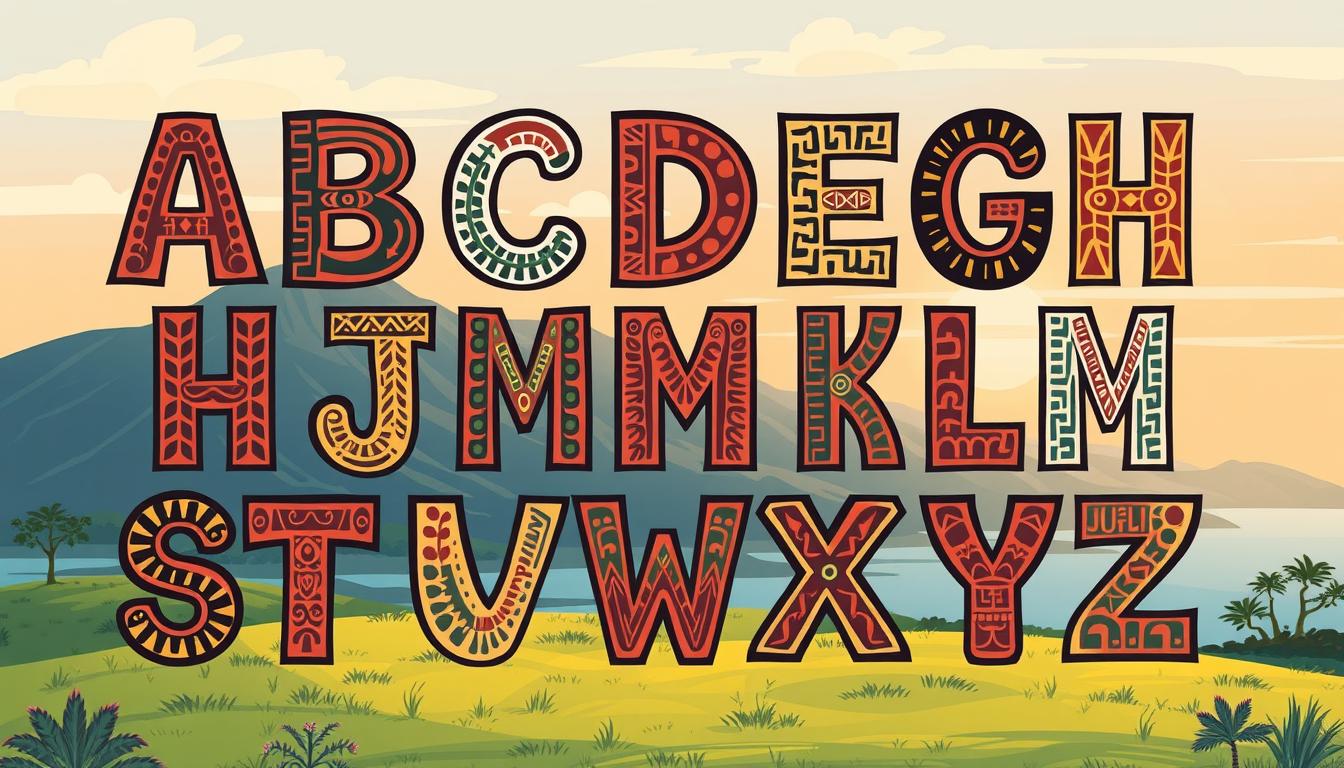
Essential English to Maori Translations for Beginners
Exploring New Zealand’s rich language heritage, learning English to Maori is rewarding. Beginners find value in essential Maori translation phrases. Here are some key ones:
- Kia ora – Hello, thank you, best wishes
- Kia kaha – Be strong, continue
- Waiata – Song, singing
- Aroha – Love, sympathy, understanding
- Iwi – Tribe, large group of people
These language learning words are used daily in New Zealand. For example, arohanui means “much love” and is used in emails to loved ones.
| English | Maori Translation | Pronunciation | Contextual Usage |
|---|---|---|---|
| Hello | Kia ora | Kee-ah oh-rah | Greeting, appreciation, best wishes |
| Be strong | Kia kaha | Kee-ah kah-hah | Encouragement, resilience |
| Song | Waiata | Wy-ah-tah | Musical performance, cultural expression |
| Love | Aroha | Ah-roh-hah | Affection, kindness, understanding |
| Tribe | Iwi | Ee-wee | Kinship group, community |
Learning these essential Maori translation phrases is a great start for beginners. It opens the door to the English to Maori language world in New Zealand.
For those starting with Māori translations, BiRead offers a practical way to explore and compare English-to-Māori phrases. By displaying side-by-side translations, BiRead lets learners see the structure of each language, helping understanding the nuances of Te Reo Māori.
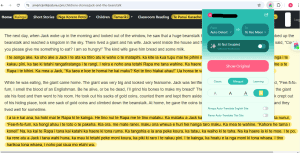
Cultural Context in Language Learning
Māori customs, prayers, and songs are key parts of the language. Knowing these helps you learn the language better. Language learners can appreciate how Māori wisdom is conveyed through rhythm and ritual.
Cultural Sensitivity Tips
- Learn about Māori customs and protocols, like how to act when visiting a marae (meeting house).
- Use the language with respect and a desire to understand its cultural value.
- Get help from Māori language experts or native speakers to use the language correctly.
- Join in cultural activities, like Māori events or language programs, to learn more.
By understanding the cultural side of Te Reo Māori, learners can connect with the language in a real way. This helps keep the language and culture alive.

Common Mistakes in English to Maori Translation
Learning Maori translation is rewarding but comes with challenges. One big issue is getting the pronunciation right, especially with vowels and digraphs. Not understanding Maori pronunciation can lead to mistakes that might upset native speakers. Another problem is Maori words having many meanings.
- Mispronouncing vowel sounds and digraphs
- Misunderstanding the multiple meanings of Maori words
- Failing to consider the context when translating
So, you need to understand the language’s structure, pronunciation, and cultural aspects. Being aware of these common mistakes helps learners communicate well in this beautiful language.
BiRead’s dual-language display allows you to compare Māori sentences with English context, providing immediate reference.

Digital Tools and Resources for Learning Māori
Discovering digital resources can really help you learn Māori. There are many tools online, like translation sites, language apps, and educational websites. These tools can support your journey in learning Māori.
Online Translation Platforms
Platforms like Māori Dictionary and Māori Language make it easy to translate words. They offer audio to help you learn how to say Māori words correctly.
Language Learning Apps
- The “Māori Made Easy” app uses lessons, exercises, and audio to teach Māori basics.
- The Kōrero app has fun activities like building a Māori dictionaries and learning days of the week.
- The Kupu app by Spark lets you translate objects into Māori using images, making learning fun and practical.
Educational Websites
Websites like Te Whanake and Te Taura Whiri i te Reo Māori have lessons, cultural insights, and lots of resources. They help learners at all levels.
Exploring these digital resources lets you learn Māori in a way that suits you. You can make the language a part of your daily life easily.
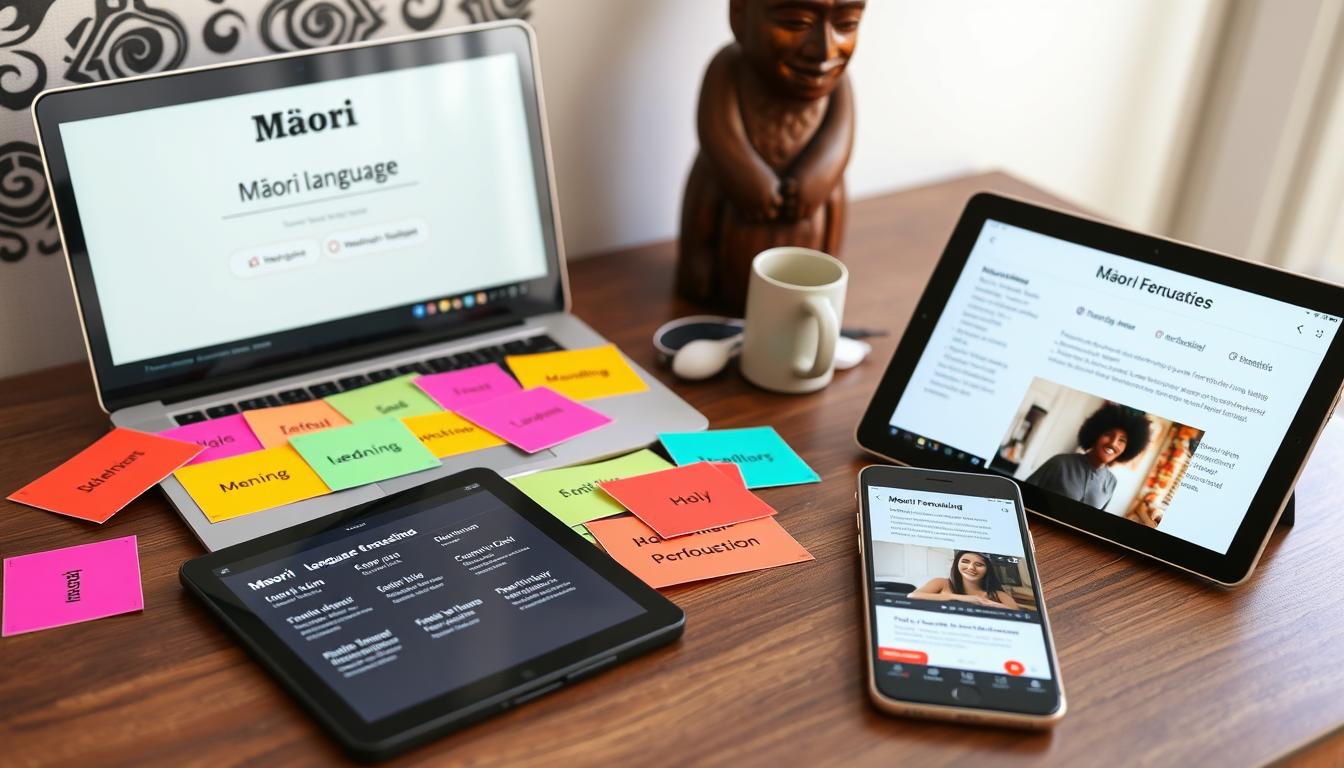
Practical Applications in Daily Communication
Learning Māori translation can change your daily life. You can say “kia ora” to greet people or use Māori names in talks. It boosts cultural understanding and builds strong bonds.
In work, knowing Māori is very useful. It shows respect for New Zealand’s culture. It helps a lot in jobs like teaching, healthcare, or social work.
| Practical Applications of Māori in Daily Life | Benefits |
|---|---|
|
|
Using Māori in daily life helps preserve its rich culture. It’s about simple greetings or adding Māori to your work. Every step helps the Māori community and the wider society.
Learning Māori is more than just words. It’s diving into a vibrant culture and traditions. Using Māori daily shows you value New Zealand’s unique identity and its people.
Advanced Language Integration and Practice
Language exchange programs are a special chance to learn from native speakers. You get to practice speaking Māori while sharing your own language skills. It’s a win-win situation that helps you learn and grow.
Getting involved in Māori cultural events can really help your language learning. Watching kapa haka (Māori performing arts) or taking part in crafts like weaving or carving can deepen your understanding.
Watching New Zealand films and TV shows with Māori themes can also help. It gets you used to the accent and everyday phrases in indigenous language.
| Immersion Technique | Benefit |
|---|---|
| Participating in Māori cultural events | Provides authentic practice opportunities and cultural context |
| Attending language exchange programs | Offers reciprocal learning experiences with native speakers |
| Engaging in cultural activities | Deepens understanding of the language’s cultural heritage |
| Immersing in Māori media | Helps learners become accustomed to the accent and common phrases |
Using these advanced language learning methods can really speed up your progress in Te Reo Māori. You’ll also gain a deep respect for the cultural preservation of this indigenous language.
Conclusion
Learning English to Maori is more than just a new language. By learning Māori, people help keep the language alive. They also get to understand New Zealand’s special culture and language better.
This guide has shown many Māori words, from “mutunga” (end) to “whakatau” (ruling). It highlights the rich and detailed nature of Te Reo Māori. As learners explore, they find the practical uses and cultural importance of Maori translation.
Mastering English to Maori is a journey to discover New Zealand’s rich heritage. It’s about keeping this valuable language alive. By learning Māori, everyone can help preserve Aotearoa’s unique identity.
There are many digital resources for learning Māori. Online platforms like Maori Language and Maori Dictionary offer audio help. The “Māori Made Easy” book by Scotty Morrison has online lessons and audio files. Language learning apps and educational websites also provide lessons. They cover vocabulary, grammar, and cultural context.
Whether learning for personal enrichment or professional settings, using Māori regularly is essential for fluency. BiRead can be a part of daily practice, from reading bilingual resources to translating cultural content.
By incorporating Māori terms into routine conversations and using BiRead to check phrases in real-time, learners can steadily build confidence and contribute to the preservation of Te Reo Māori within their communities.
FAQ
What is the linguistic landscape of New Zealand?
Māori words and phrases are common in New Zealand. You’ll see them on signs and buildings. This shows the blend of cultures in the country.
What are some common mistakes in Māori translation?
Common mistakes in Māori translation often involve pronunciation. This includes getting vowel sounds and digraphs wrong. Misunderstanding word meanings can also cause errors.
How can Māori be used in daily life and professional settings?
Using Māori in daily life is practical. You can say “kia ora” as a greeting or use Māori place names. Understanding common phrases shows respect for New Zealand culture.
Learning Māori is useful in many careers. It shows cultural awareness and respect in work and personal life.
What are some advanced techniques for integrating Māori language and culture?
Advanced techniques include immersion in Māori culture. This means attending cultural events and visiting marae (Māori meeting grounds).
Language exchange programs help you practice with native speakers. Cultural activities like haka performances deepen your understanding of the language and culture.
Source Links
- Discovering Languages: The Māori Language and People of New Zealand – Canadian Association of Second Language Teachers (CASLT) – https://www.caslt.org/en/blog-discovering-languages-maori/
- Understanding Maori Sentence Structure – https://www.superprof.co.nz/blog/maori-syntax/
- Learn Te Reo Māori: 20 Key Questions – Reo Ora’s Māori Language Guide – https://reoora.com/learn-te-reo-maori-20-key-questions-reo-oras-maori-language-guide/
- Maori Culture and Language Learning – Talkpal – https://talkpal.ai/maori-culture-and-language-learning/
- Te Wiki o te Reo Māori: Empowering Your Digital Classroom with Language and Coding Resources — Digital Future Aotearoa – https://www.digitalfutureaotearoa.nz/blog/te-wiki-o-te-reo-mori-empowering-your-digital-classroom-with-language-and-coding-resources
Unlock the power of bilingual browsing and start learning Māori today!
Try BiRead now and immerse yourself in a seamless language experience.
Try Biread Free


